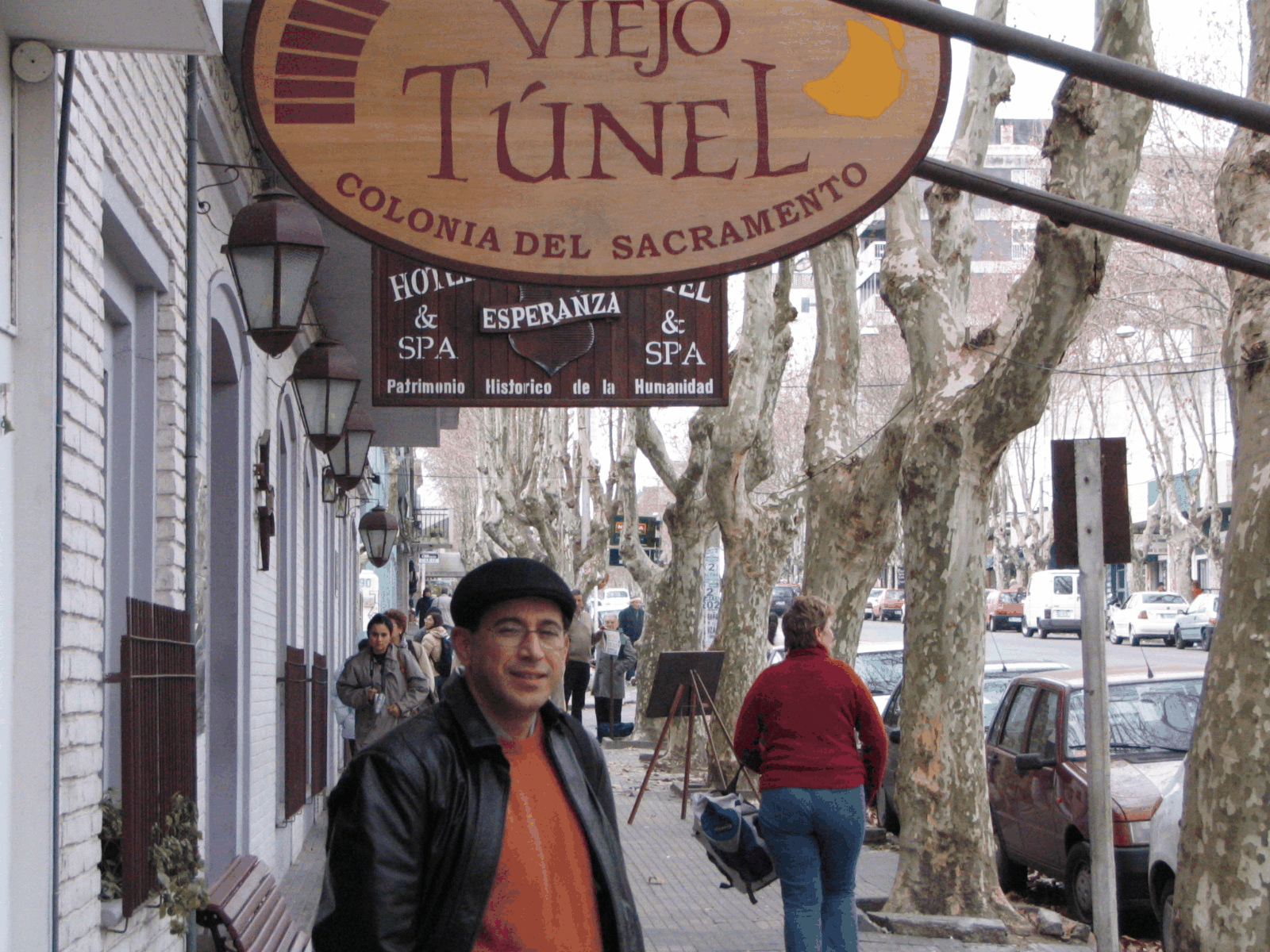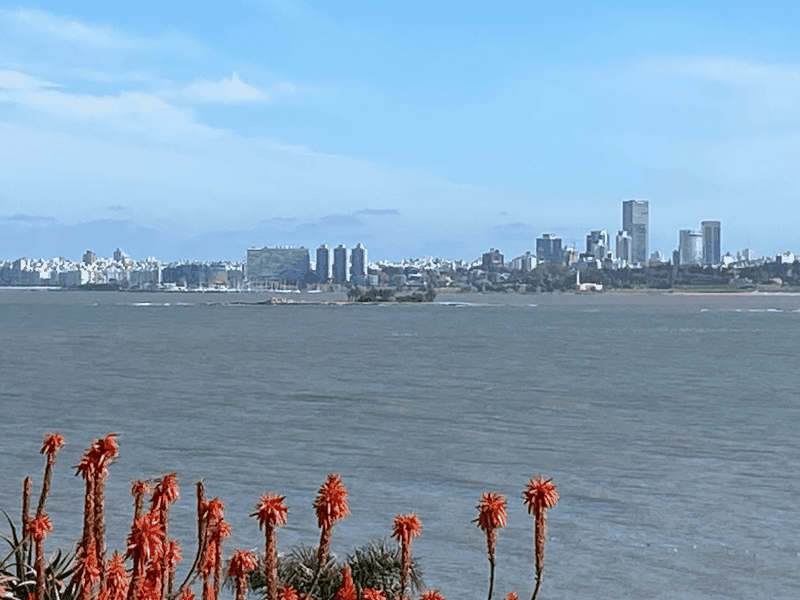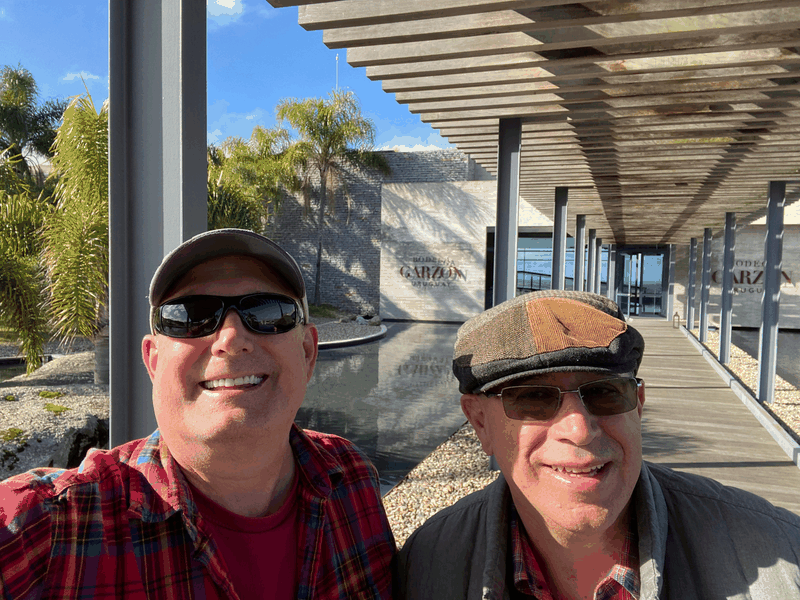Uruguay
| Uruguay is an interesting small nation of just over 1 million people. It has a growing economy and a good relationship with its giant neighbors to the north and south, Brazil and Argentina. The people of Uruguay are friendly and sincere. We first traveled to Uruguay in the Summer of 2004, visiting the historic city of Colonia. We returned to Uruguay in the Summer of 2023 for a more extensive trip, visiting the capital of Montevideo and the wine country of central Uruguay. |
 |
Uruguay may be small, but its history is anything but quiet. Long before Europeans arrived, the land was home to the Charrúa people. In the early 1500s, the Spanish and Portuguese both tried to control the area, but it wasn’t until the founding of Montevideo in 1726 that Spain gained the upper hand. The country sat between two powers—Argentina and Brazil—and was often caught in the middle. In 1825, Uruguay declared independence, fought off both neighbors, and officially became a nation in 1830. The 19th and early 20th centuries brought political struggles, civil wars, and eventually reform. By the early 1900s, Uruguay had built a reputation as one of Latin America’s most progressive countries, with social welfare programs, education, and secular government. A military dictatorship took over in the 1970s, but democracy returned in 1985. Today, Uruguay stands out for its stability, strong institutions, and a laid-back coastal charm that reflects its long, independent spirit. |
 |

Historical Colonia, Summer 2004

Colonia 2004

Montevideo 2023

Central Uruguay & Wine Country 2023


